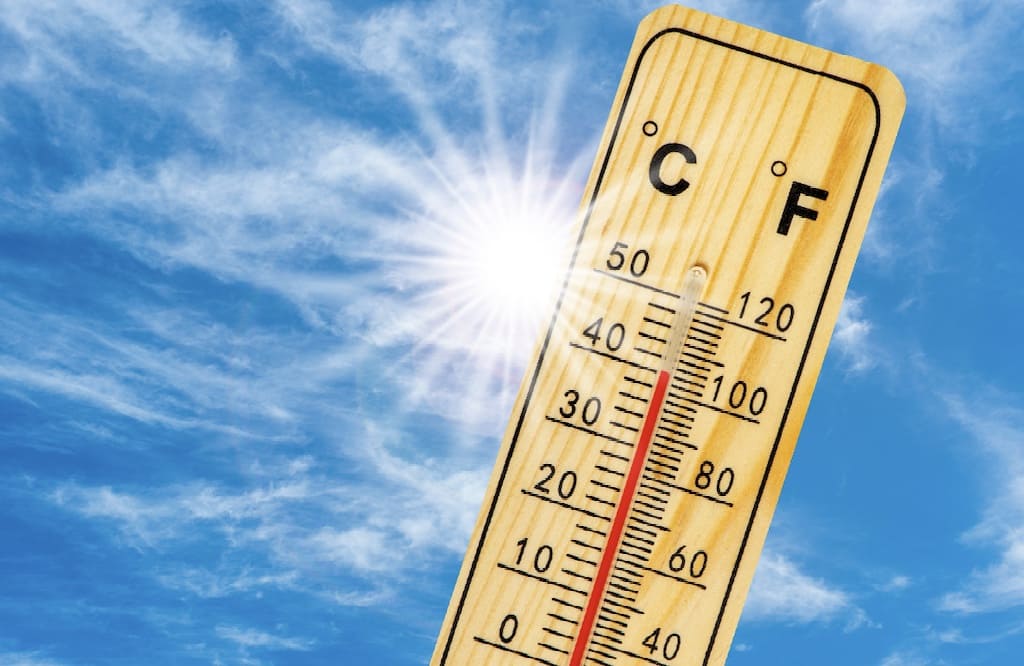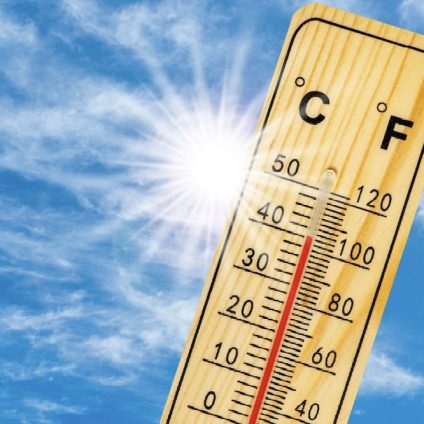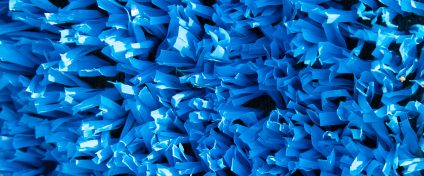When extreme heat strains daily life and energy bills, sustainable action means staying cool without wasting power or risking your health.

By Gabriele Melluso, President of Assoutenti
Managing high temperatures without raising your energy bill
When extreme heat affects daily life and spikes household energy use, sustainability doesn’t mean suffering through the heat. It means making smart choices to avoid waste and protect your well-being.
Here are 10 actionable, realistic, and energy-efficient strategies to stay cool responsibly.
1. Use your AC only when and where it’s truly needed
Close off unused rooms, keep your thermostat at or above 77°F (25°C), and turn it off when leaving home. Lowering the temperature to 75°F, 72°F, or even 68°F:
- increases energy use significantly (about 7% more for every degree lower)
- creates unhealthy temperature shocks compared to outdoor heat
Is the air colder at 68°F than at 77°F?
Not really. The air coming out initially feels the same, but setting a lower temperature forces your system to run longer to reach a more distant target.
Example:
If it’s 84°F (29°C) indoors and you set your AC to 77°F, it works to drop 7°F and then cycles off.
At 68°F, it has to work to drop 16°F, taking much longer and using more energy.
INFO BOX
Lower settings don’t blow “colder” air. They just force your AC to work harder, making you feel too cold after minutes and consuming more energy.
Quick tip
If you need quick relief, set the AC to 77–78°F and use the “turbo” or “high fan” setting to circulate cool air. Once you feel better, lower the fan speed.
2. Clean your filters
Dirty filters in AC units or fans reduce efficiency and increase power use. Regular cleaning improves performance and indoor air quality.
3. Use natural cooling
Open windows early in the morning or late at night to air out your home. Close blinds and curtains during peak heat hours to block sunlight.
4. Take short, moderate-temperature showers
Avoid extreme hot or cold showers. Use cool water to reduce body heat and prevent thermal shock. A splash of water on wrists or neck can help too.
5. Protect your skin instead of “toughing it out”
Tolerating direct sun isn’t a show of strength. It increases health risks and often leads to higher AC use later. Instead:
- Use broad-spectrum sunscreen (SPF 30 or 50), even in urban areas
6. Avoid exposure between 11:30 a.m. and 5:00 p.m.
If you must go out during those hours:
- Wear a wide-brimmed hat or UV-protective cap
- Carry a handheld fan or small USB fan
- Use a sun umbrella (increasingly popular in the West)
- Dress in light, breathable, light-colored clothes (cotton, linen)
- Carry a refillable water bottle and use cooling wipes or gels without alcohol
7. Drive efficiently
Carpool when possible. Ventilate the cabin before turning on the AC. Avoid idling for long periods with the engine running.
8. Eat fresh, local, seasonal food
Choose hydrating fruits and vegetables, and reduce processed or packaged foods. Summer foods can support hydration and digestion:
- High-water content produce: cucumbers, watermelon, melons, lettuce, zucchini, peaches, apricots, tomatoes
- Light, energy-boosting options: small portions of nuts (almonds, walnuts), whole grains (barley, farro, cold rice), and plain yogurt with fresh fruit
Avoid salty, fried, or fatty foods, they raise body temperature and slow digestion.
INFO BOX
Dried apricots are a great summer snack. Rich in potassium, iron, and natural sugars, they replenish minerals lost through sweat. Just 4–6 pieces a day are enough. Choose unsweetened, preservative-free options for a healthier choice.
9. Drink tap water (if safe in your area)
In most parts of the U.S., tap water is safe, sustainable, and cost-effective. It helps:
- Cut plastic use
- Save up to $250/year
- Stay hydrated without added sugar
Avoid sugary or carbonated drinks, they only offer temporary relief and may increase thirst. The body absorbs plain water faster and more efficiently.
Need electrolytes?
- Add lemon to your water
- Drink mineral water with a medium-to-high fixed residue
- Try unsweetened herbal iced teas
10. Wear breathable, lightweight clothing
Smart summer dressing can reduce the need for cooling. Choose:
- Cotton: absorbs sweat and lets skin breathe
- Linen: ultra-light and fresh
- Bamboo: eco-friendly, soft, and naturally antibacterial
Avoid synthetic fabrics like polyester and nylon, they trap heat and increase sweating.
INFO BOX
Why light colors? Light shades (white, beige, pastels) reflect sunlight and help keep you cool, while dark colors absorb heat and raise body temperature.












